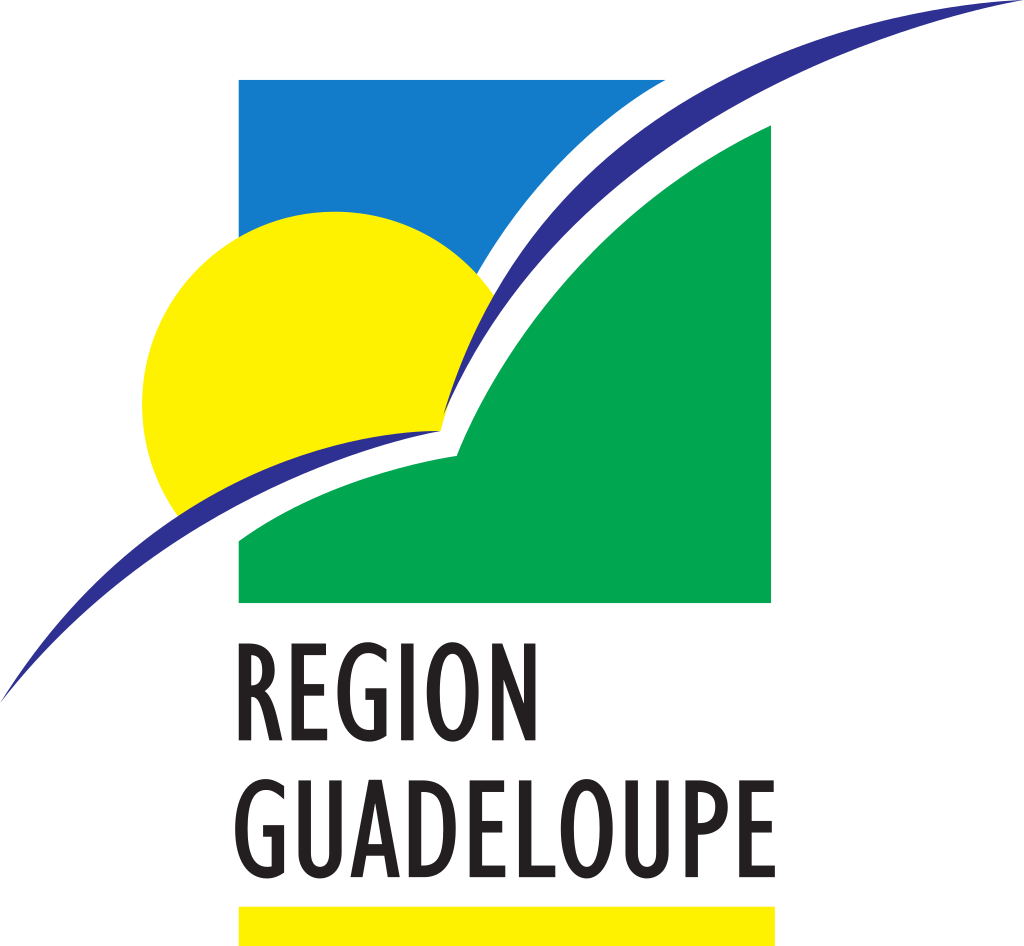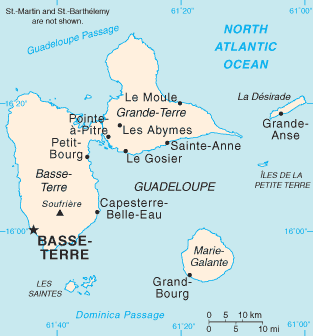71 Guadeloupe (France)



Ancient petroglyph in Baillif
Last updated on October 24, 2025
Government
According to Britannica, the French government is represented in the département by an appointed prefect and two subprefects. Executive authority lies with the presidents of the Departmental Council and the Regional Council. The two councils, whose members are popularly elected for six-year terms, form the legislative branch. Guadeloupe sends representatives to the French National Assembly, the French Senate, and the European Parliament. Since 1974 Guadeloupe has had the status of a full région of France. The territory of Guadeloupe is divided into two arrondissements (Basse-Terre and Pointe-à-Pitre), which are in turn divided into cantons and communes, each administered by an elected municipal council.
Guadeloupe’s judicial system follows the French model. There are a court of appeal at Basse-Terre, two higher courts (tribunaux de grande instance), and four lower courts (tribunaux d’instance). Justices of the peace are established in each of the cantons.
French Civil Aviation Authority (DGAC)
The French Civil Aviation Authority (DGAC), is responsible for ensuring the safety and the security of French air transport, as well as maintaining a balance between the development of the air transport sector and environmental protection. It is the national regulatory authority, but it also provides safety oversight, air navigation services and training. He is a partner of key players in the aeronautical industry and he is also in charge of financial aid for research in aircraft construction and state industrial policy in this sector.
Organization of Eastern Caribbean States (OECS)
The Organization of Eastern Caribbean States (OECS) is an eleven-member grouping of islands spread across the Eastern Caribbean. Together, they form a near-continuous archipelago across the eastern reaches of the Caribbean Sea. They comprise the Leeward Islands: Antigua and Barbuda, Saint Kitts and Nevis, Montserrat, Anguilla and the British Virgin Islands; and the Windward Islands: Dominica, Saint Lucia, Saint Vincent and the Grenadines and Grenada, Martinique and Guadeloupe.
Eastern Caribbean Civil Aviation Authority (ECCAA)
The Eastern Caribbean Civil Aviation Authority (ECCAA) evolved from the Directorate of Civil Aviation – Eastern Caribbean States, which may be considered as one of the oldest, if not the oldest institutions in the Eastern Caribbean region. From inception, the Directorate was seen as a vehicle for facilitating a collective and uniform approach to Civil Aviation matters affecting the then Windward and Leeward Islands, which now comprise the OECS Group.
Airspace
SkyVector – Google Maps – ADS-B Exchange
ICAO countries publish an Aeronautical Information Publication (AIP). This document is divided into three parts: General (GEN), En Route (ENR) and Aerodromes (AD). ENR 1.4 details the types of airspace classes they chose to adopt from classes A through G.
Drone Regulations
Advanced Air Mobility (AAM) Regulations & Policies
None found by the author.
However, should you, the reader, happen to stumble across something to the contrary, please email the author at FISHE5CA@erau.edu and you may be mentioned in the ACKNOWLEDGEMENTS section of this book by way of thanks for contributing to this free eBook!
Advanced Air Mobility (AAM) News
None found by the author.
However, should you, the reader, happen to stumble across something to the contrary, please email the author at FISHE5CA@erau.edu and you may be mentioned in the ACKNOWLEDGEMENTS section of this book by way of thanks for contributing to this free eBook!
Short Essay Questions
Scenario-Based Question
You have been hired by a Drone Startup Company. Your boss has immediately assigned this job to you.
They need you to prepare a one-page memo detailing the legalities of using a drone to film in Baillif, pictured above.
They need you to mention any national laws and local ordinances.
They specifically want to know what airspace (insert pictures) you will be operating in and whether or not you need an airspace authorization.
Does it matter whether or not you are a citizen of the country?
Lastly, there is a bonus for you if, as you scroll through this chapter, you find any typos or broken links!
Short Essay Questions
- What are the drone categories?
- How is registration addressed?
- How is remote ID addressed?
- What are the model aircraft rules?
- What are the commercial drone rules?
- Are there waivers or exemptions to the rules? If so, for what?
- Would you share a link to an interactive airspace map?
- How is BVLOS addressed?
- How can you fly drones at night?
- How can you fly drones over people?
- Where do you find drone NOTAMs?
- What are the rules for drone maintenance?
- What are the rules for an SMS program?
- What are some unique rules not mentioned above?
- What are the C-UAS rules?
- What are the AAM rules?

